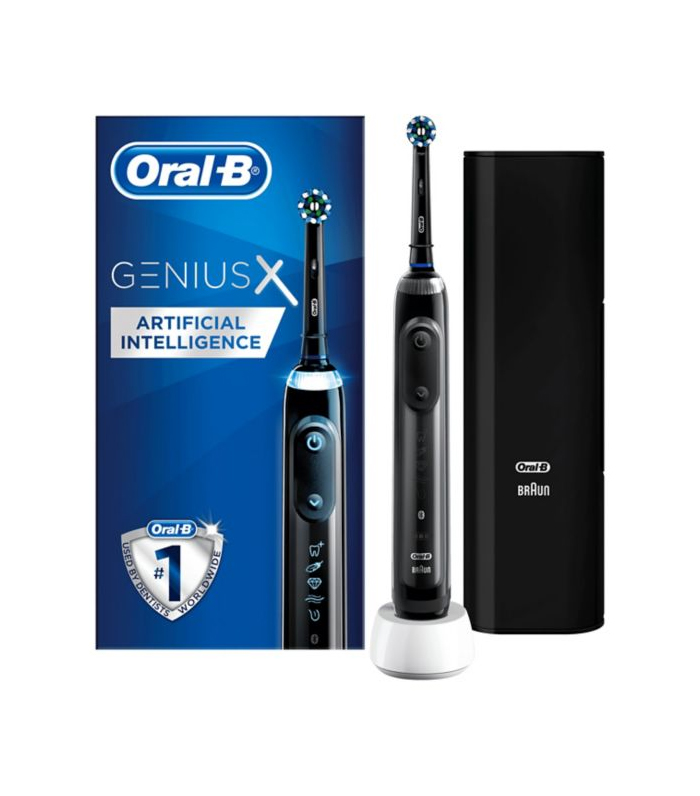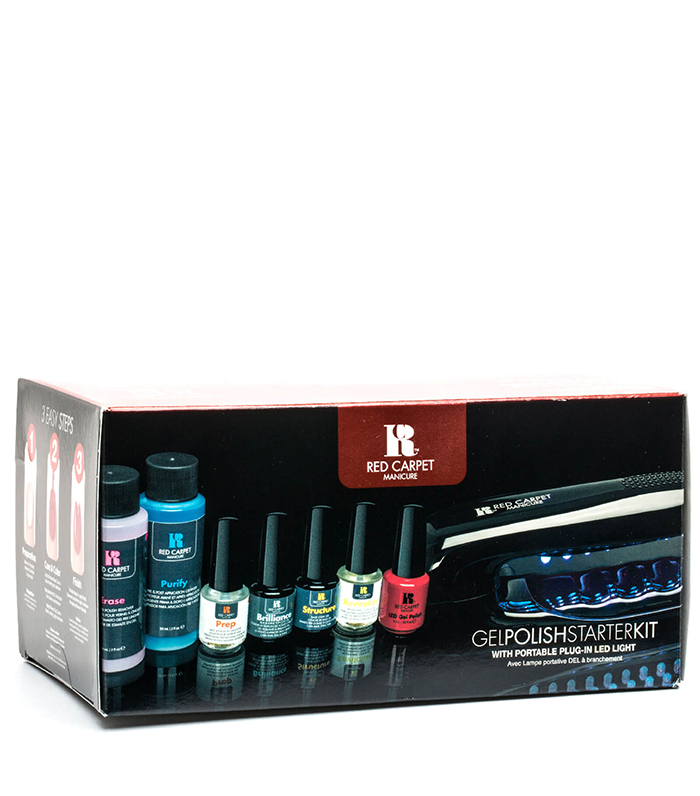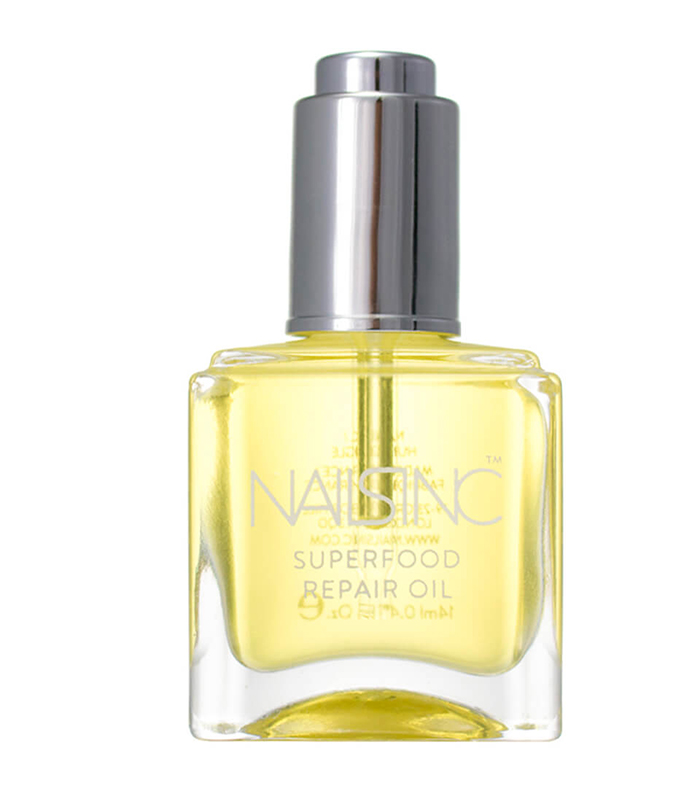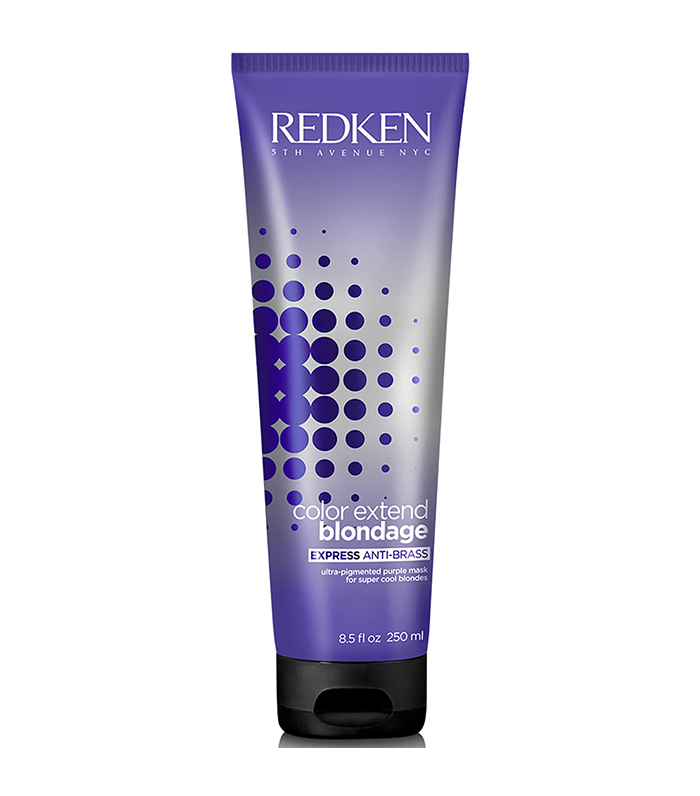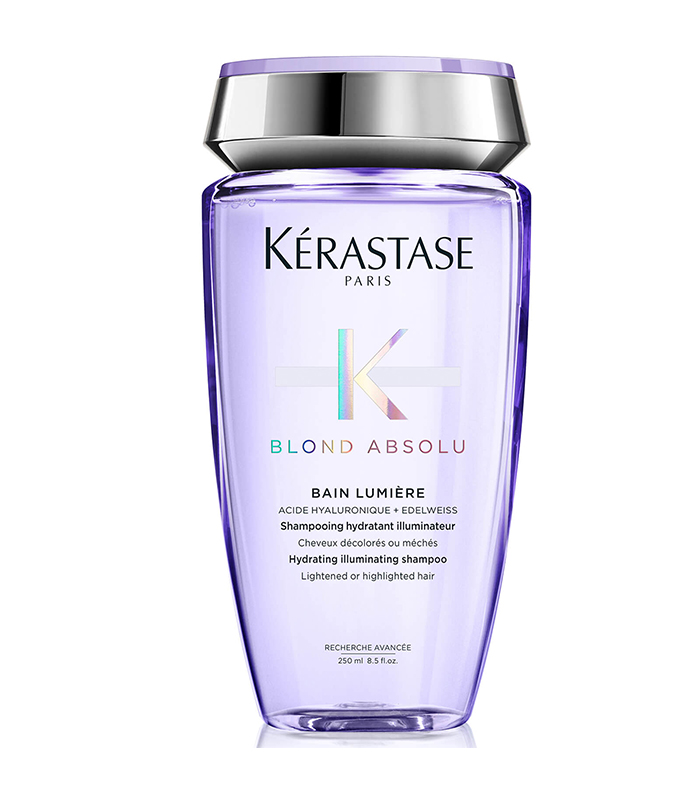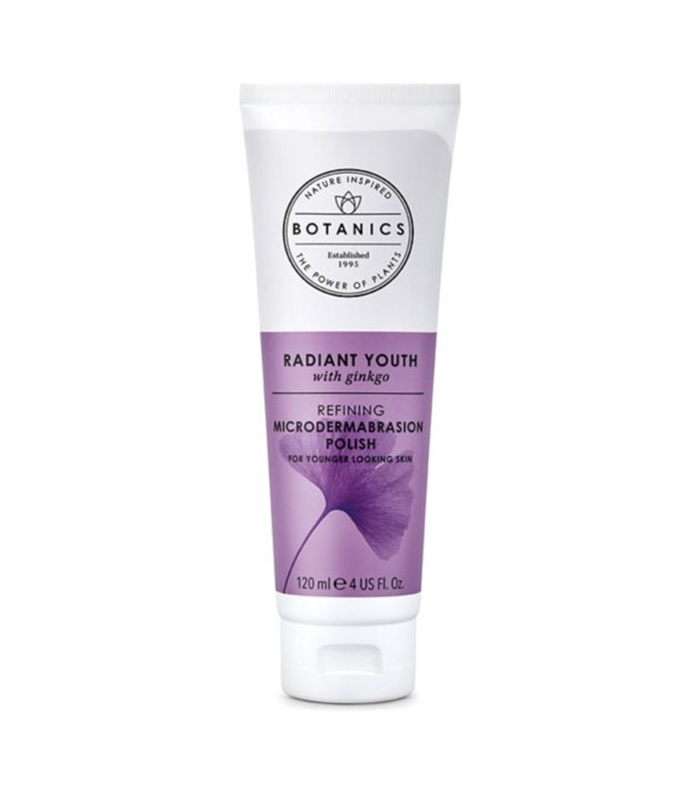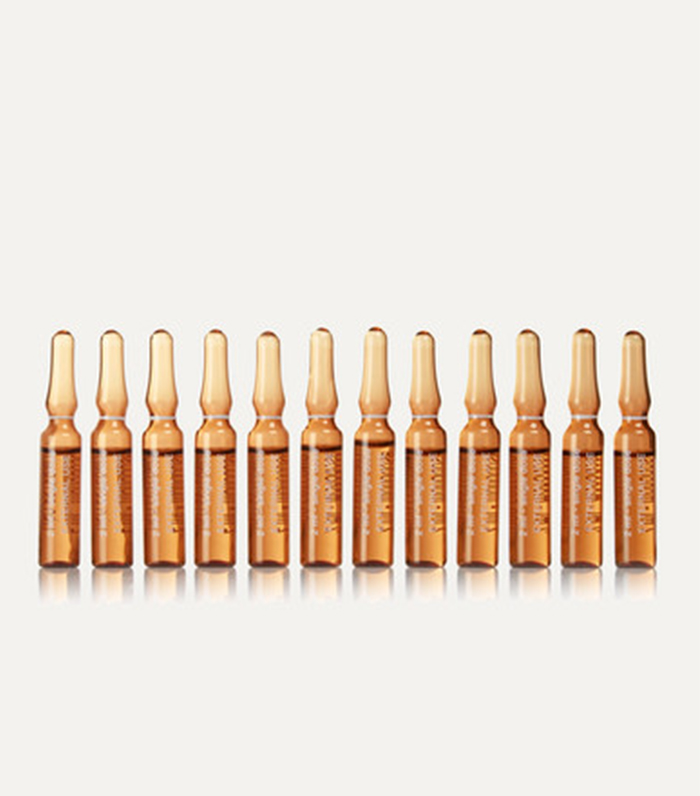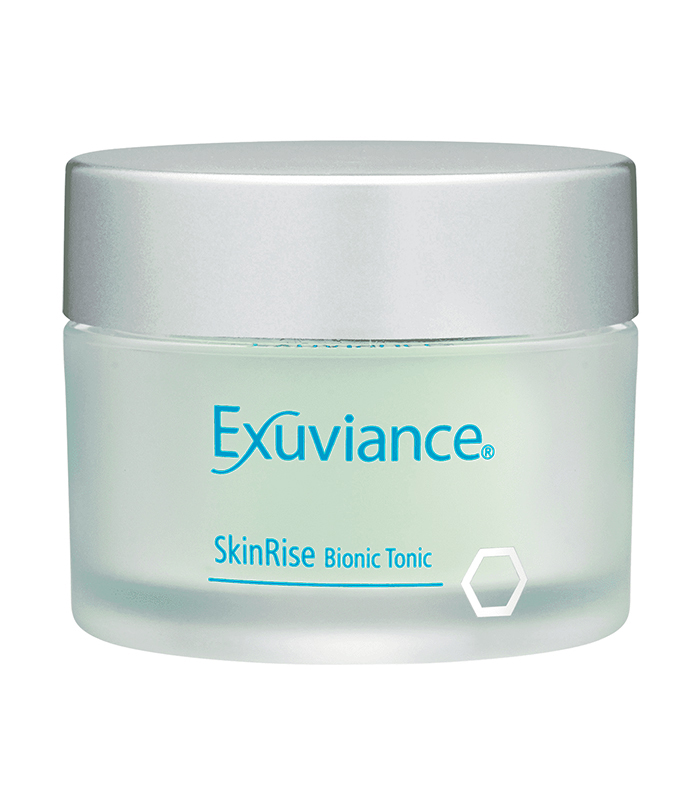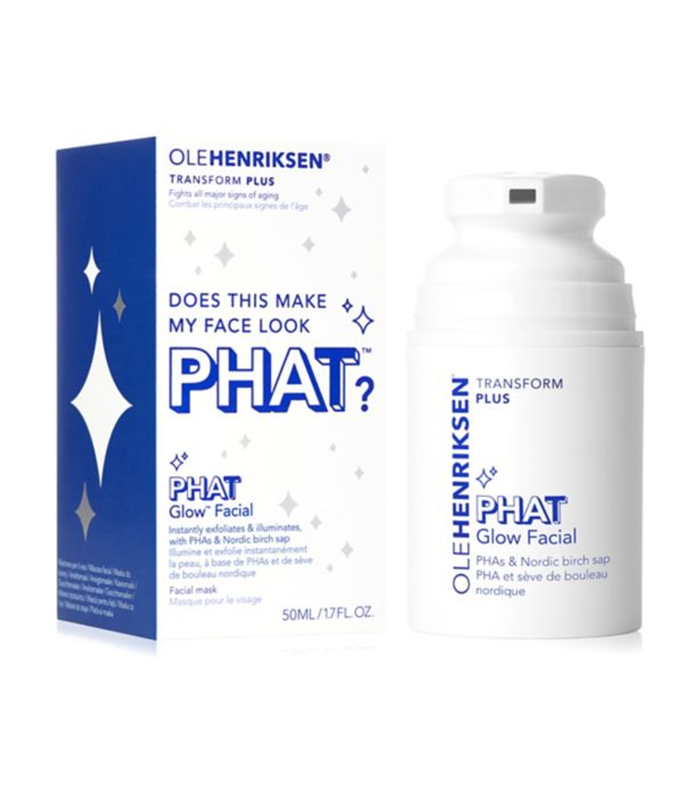These Are the At-Home Beauty Trends the Experts Urge You to Steer Clear Of

One of the biggest perks of being a beauty editor is that I get to frequent salons and clinics to test out Wholesale Replica Bag procedures and treatments. It’s a tough job, I know, but someone has to do it. Spending a lot of time in such places means that I also get to spend a lot of quality time with some of the best experts in the business and pick their brains on Wholesale Replica Bag trends.
On a recent trip to the salon for a routine facial with one of my favourite aestheticians, we got onto the topic of how many clients require serious professional help to get their skin back on track after an at-home treatment went wrong. And while I know that in-clinic beauty treatments can often cost an arm and a leg, it got me thinking about how much damage cheaper, at-home alternatives are causing us (nevermind the amount of money we have to spend on rectifying said damage).
After a long discussion, we came to the realisation that some DIY skin treatments can wreak havoc on your health. We decided to chat with some experts—from hairstylists and manicurists to dentists and cosmetic surgeons—to find out why. The conclusion? It would seem there’s a huge amount of experts that want to shout about the risks of at-home DIY beauty treatments.
To help save everyone any unnecessary stress, keep scrolling for all of the beauty treatments the experts strongly advise you stay away from.

When it comes to teeth whitening, it’s all too easy to fall into a trap of wanting to buy the products that guarantee the most instant results. While whitening toothpaste and mouthwash might work in the long run, when you know that much stronger products are out there, the temptation to add an at-home whitening kit to your basket can become overwhelming—especially considering the steep price of in-clinic treatments.
However, out of all of the at-home treatments to steer clear of, this one comes out on top. cosmetic dentist and aesthetician Dr Krystyna Wilczynski says, "Of course, the benefit of at-home products are that they are cheap, but for that reason, they should be avoided. Some online kits can contain up to 300 times the legal limit of hydrogen peroxide, which is like brushing with bleach. High-level bleaching gels can cause mouth infections, blistering and burns to gums, damage to nerves and tooth enamel, and gum-shrinking.”
If you’re adamant that you want to have your teeth whitened, it’s imperative that you visit a registered dental practice to enquire. "Cosmetic bleach should be licensed and registered and the treatment must only be carried out by a professional to avoid any complications. Professional dentists are the only people legally allowed to perform teeth whitening services at a business premise,” says Krystyna. She advises looking into WhiteWash—a safe and effective teeth whitening regimen that requires full examination and referral from a qualified dentist.
Shop Products for Whiter Teeth
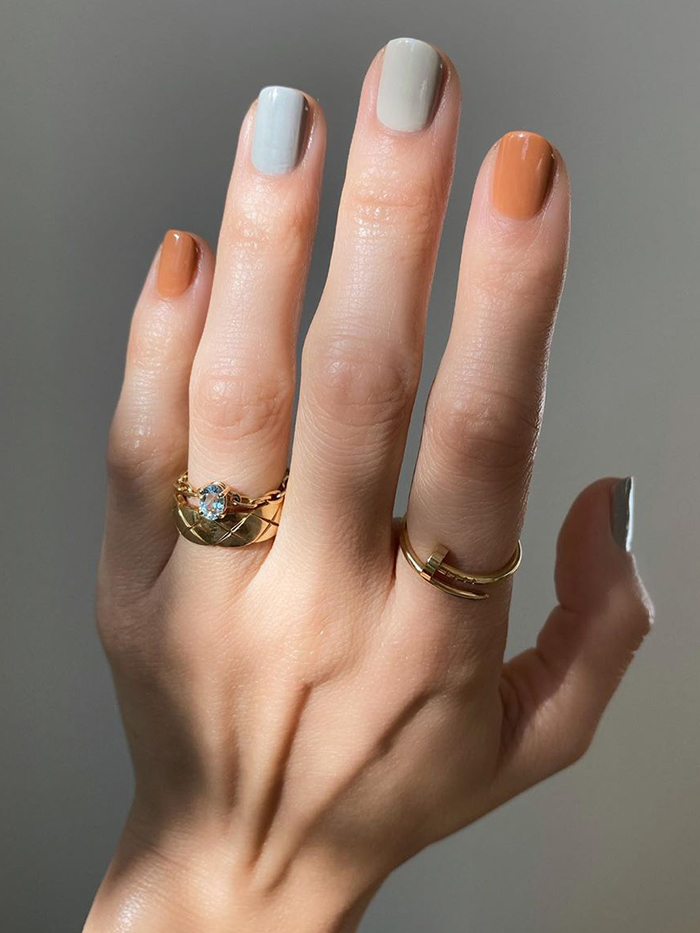
Unlike some other at-home beauty treatments, this one doesn’t fall into the "totally banned” category and instead sits within the "proceed with caution” category. While we all know that we really shouldn’t peel off our gel nails (you only have to have done it once to see just how much doing so will damage your nails), the effort required to book back into the salon to have your gels removed can be quite off-putting.
Interestingly, there are safe and effective ways to remove gels at home, but it’s imperative you know what you’re doing. Celebrity manicurist Jenni Draper says, "It may feel tempting and easy to pull the gel overlay off, but it will always cause damage to the nail bed, as it takes a layer of the nail plate with it. The risks of at-home gel removal include overfilling the nail surface, overexposure to certain products and damage to the nail when removing the gel.”
However, certain at-home kits can be purchased in order to remove gels safely at home. "Providing the instructions are followed properly, the nails won’t be damaged, but be patient. Use a good soak-off solution—one that won’t strip the skin and is more gentle—and don’t over-file the nail. I like red carpet manicure erase and their remove wraps. After the removal I give my nails a good manicure and apply lots of cuticle oil,” says Jenni.
Shop Products for Gel Removal

It should be needless to say that bleaching your hair at home is a total no-no. Sam Burnett, owner and creative director of Hare&Bone says, "A bleaching service is something that we would always recommend is left to a trained professional. A thorough consultation is always needed prior to the service.”
And besides the fact that at-home colour can go terribly wrong in terms of desired results, carrying out an at-home bleach treatment can cause much worse damage. "Bleach is very high in alkalinity, which will swell the hair and open the cuticle. If the application is not applied perfectly, then there may be risks of overlapping previously bleached hair, which could then lead to a patchy, uneven result with the risk of immediate hair breakage and snapping,” says Sam.
If you still have little concern for the state of your hair, perhaps the more serious risks of at-home bleach will be enough to put you off. Sam goes on, "The scalp may also be affected if not assessed by a professional before bleaching and result in increased sensitivity, sometimes leading to blistering.”
Shop Products to Prolong Existing Bleach

You might have seen people using dermarollers on Instagram. Dermarolling or microneedling works on the concept that if tiny needles are rolled across the skin to cause micro-traumas, the skin’s recovery process will kick into action and result in a plumped, more even complexion. And it appears to work—when performed at a clinic. Benji Dhillon, cosmetic surgeon and define cosmetic surgery director says, "At-home microneedling devices are not regulated in the same way devices used in-clinic are. If you use a device at home you do not know how deep the needles are penetrating the skin (penetrating too far can lead to scarring of the skin) or how sterile they are (introducing bacteria into the skin can lead to infections).”
On a similar note, at-home dermarollers can actually lead to scarry and skin tears. Dhillon continues, "Dermarollers can cause tears, as they pull on the skin as the needle enters and exits the skin.”
Shop Products for Glowing, Plumped Skin

Just like bleaching, chemical straightening treatments can damage your hair in a similar way if they are carried out incorrectly. Sam explains, "I would always recommend a professional to carry out any chemical service. It very important that the integrity of the hair is kept at its optimum. There may also be some contradictions which may suggest that the service is not suitable for every client.”
However, that’s not to say that you can’t achieve similar results through other means. "I do recommend an in-salon alternative to chemical straightening: a Kerasilk treatment. It will smooth out the hair fibre and reduce frizz and blow-dry time, all whilst using no chemicals,” says Sam.
Shop Products for Straight, Sleek Hair

No matter what you see on social media, no form of at-home skin peel is safe. The benefits of a skin peel include deep exfoliation for a resurfaced look to the skin, a plumped complexion and an even skin tone. However, it is imperative that skin peels are left to the experts.
Pamela Marshal, clinical aesthetician and Co-Founder of Mortar Milk says, "The amount of time a peel should be on the skin, the acid used and its pH needs to be deeply understood before embarking on a peel. You could create a wound that may look fine at the time, but months later could result in more pigmentation.”
Even if you think of yourself to be a bit of a skincare obsessive, carrying out an acid-peel at home can cause deep, irreversible skin damage: "Using peels correctly is a bit of an art form combined with serious science. You are creating inflammation with an acid peel, but too much inflammation (and how would a layman understand what is too much?) will actually cause more long-term damage,” warns Pamela.
Shop Products for Resurfaced, Glowing Skin
Next up, six skin mistakes I’m determined not to make in 2020.

Shannon Lawlor is the beauty director atBest Knockoff Luxury Clothing UK. With over a decade of experience working for some of the beauty industry’s most esteemed titles, including Marie Claire, Glamour UK, Stylist and Refinery29, Shannon’s aim is to make the conversation around beauty as open, relatable and honest as possible. As a self-confessed lazy girl, Shannon has an affinity for hard-working perfumes, fool-proof makeup products and does-it-all skincare.
